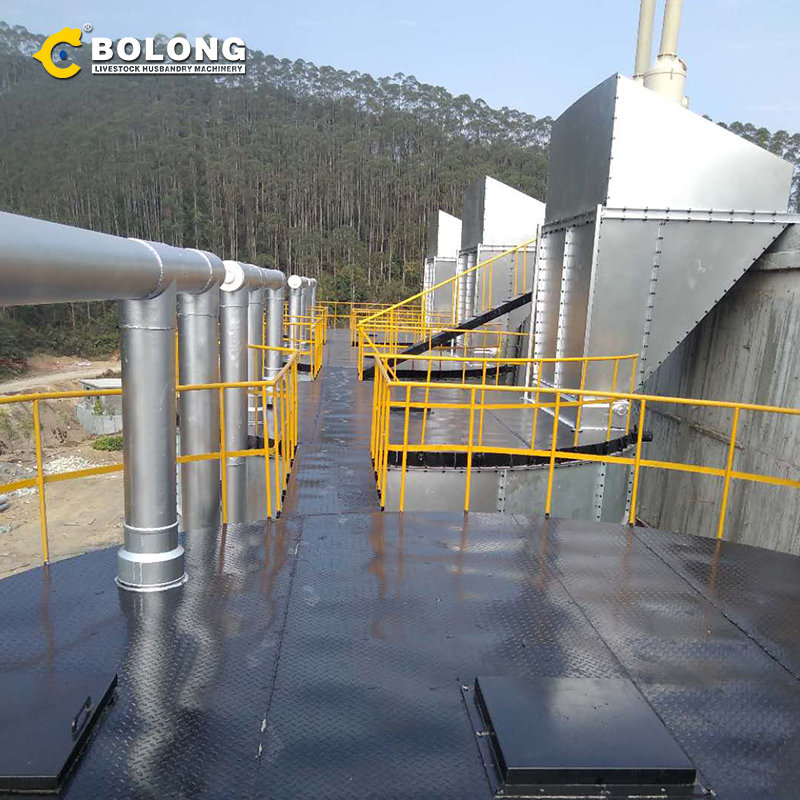
2023/8/23/ · The sludge produced in sewage treatments as a by-product has become a restrictive factor for the long-term development of municipal wastewater treatment due to its huge production, potential environmental risks, and high disposal costs (Feng et al. 2014; Wang et al. 2022a).Sewage sludge contains a large amount of solid organic matter
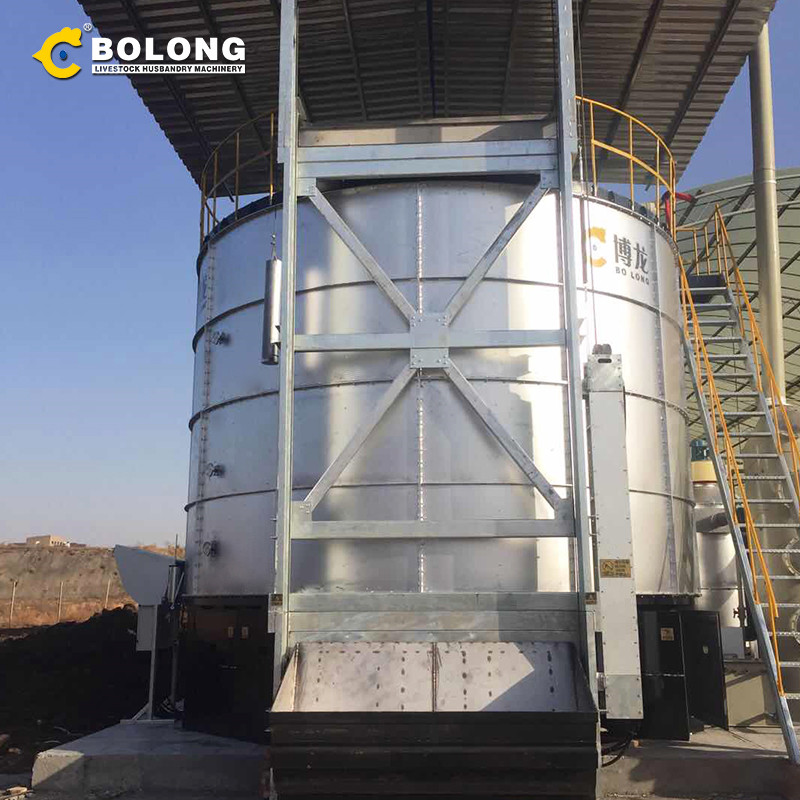
2024/5/1/ · In this study, an interesting phenomenon was found in a sludge anaerobic fermenter with a dynamic membrane (DM) which could not only enhance SCFAs
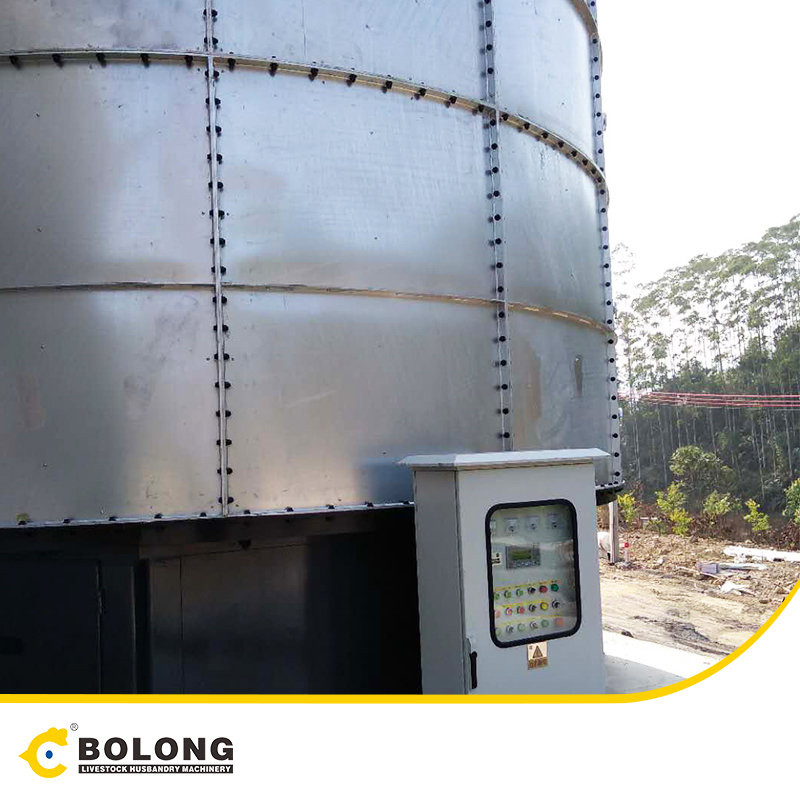
2013/12/1/ · Effect of different heat treatment temperatures on anaerobic fermentation hydrogen production from municipal sludge December 2013 Chinese Journal of Environmental Engineering 7(12):4995-5000
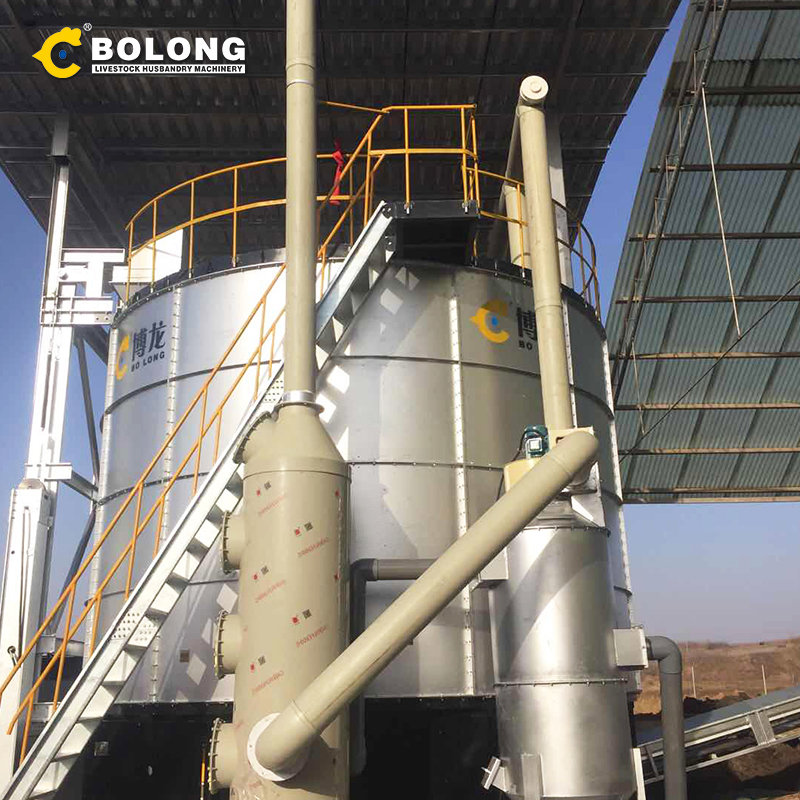
2009/5/14/ · Volatile fatty acids (VFAs), the carbon source of biological nutrients removal, can be produced by waste activated sludge (WAS) anaerobic fermentation. However, because of high protein content and low carbon to nitrogen mass ratio (C/N) of WAS, the production of VFAs, especially propionic acid, a more preferred VFA than acetic
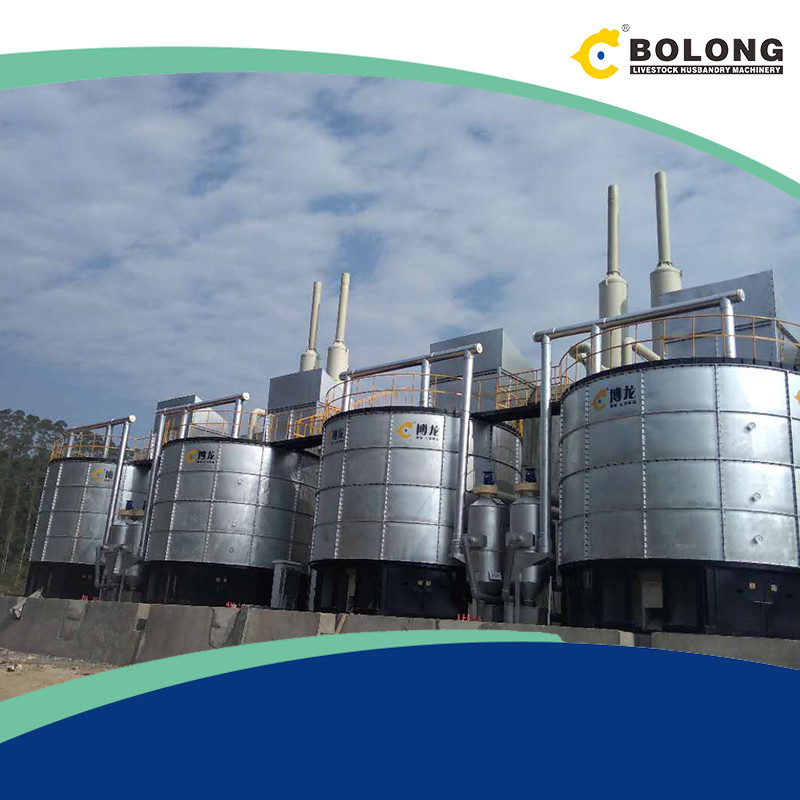
2024/3/28/ · The production of municipal sludge is steadily increasing in line with the production of sewage. A wealth of organic contaminants, including nutrients and energy, are present in municipal sludge. Anaerobic fermentation can be used to extract useful resources from sludge, producing hydrogen, methane, short-chain fatty acids, and, via
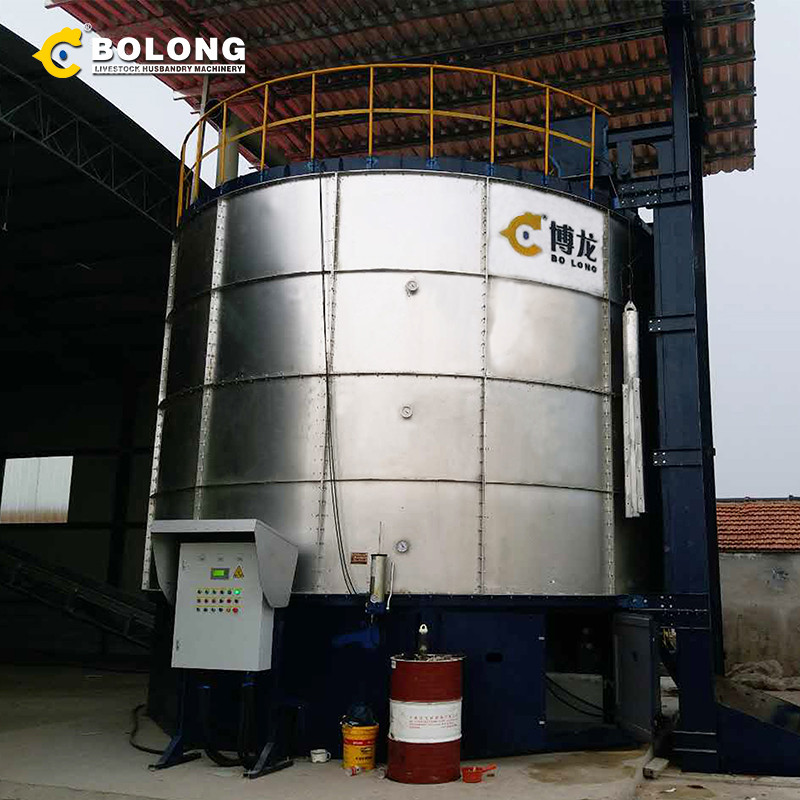
2023/8/21/ · Polyaluminum chloride (PAC) is used widely and increasingly in wastewater treatment plants, resulting in its inevitably high production in sludge. Previous studies have indicated that the production of short-chain fatty acids (SCFAs) is inhibited by the existence of PAC in sludge anaerobic fermentation, so it is necessary to study how
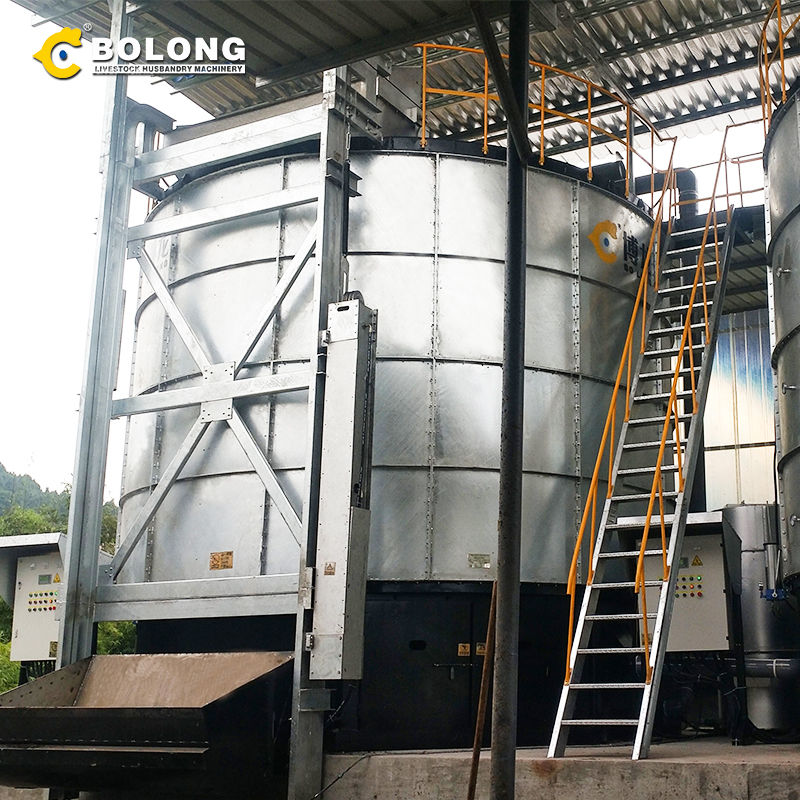
2009/1/1/ · Recently, some studies are focusing on using the sludge to produce hydrogen by anaerobic fermentation. Sewage sludge from a wastewater treatment plant is biomass that contains large quantities of

2022/11/28/ · Municipal solid waste treatment and disposal have become one of the major concerns in waste management due to the excessive production of waste and higher levels of pollution. To address these challenges and protect the environment in sustainable ways, the hydrothermal pretreatment (HTP) technique coupled with anaerobic digestion
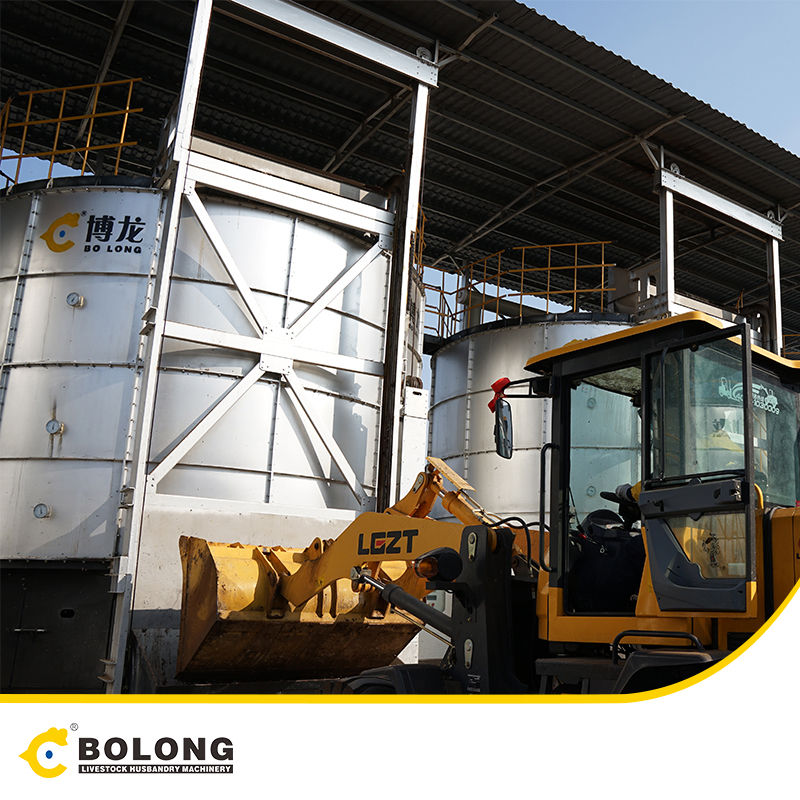
2024/4/30/ · The relevant studies will provide new sights into sludge fermentation and guidance for sludge disposal. We are inviting research papers and reviews about novel insights on sludge fermentation. The aim of this Special Issue is to provide an insight into the latest findings of sludge fermentation, including the biologically volatile fatty acids

2014/9/7/ · Integrated treatment of municipal sewage sludge by deep dewatering and anaerobic fermentation for biohydrogenproduction September 2014 Environmental Science and Pollution Research 22(4)

2022/11/28/ · Hence this study was conducted to review the effect of hydrothermal pretreatment of thickened waste-activated sludge (TWAS) on fermentation and anaerobic digestion processes.

2021/5/12/ · Dark fermentation is employed by anaerobic micro-organisms, and hence, this process is also known as anaerobic digestion. Anaerobic digestion plants have nowadays become a typical part of rural development in many countries . This process converts biodegradable substrate hydrogen under dark and anaerobic conditions [2, 20,

2023/12/1/ · MCFAs synthesis from sewage sludge by anaerobic fermentation is a promising approach to treat sludge and recover energy, concurrently. Assessing the sustainability of municipal solid waste management in China 1980–2019. Sustainable Horizons, 2 (2022), Article 100020, 10.1016/j.horiz.2022.100020.

2020/10/22/ · Dark fermentation process utilizes both strict and facultative anaerobic bacteria like Enterobacter, Escherichia coli and Clostridium for the generation of biohydrogen (Juliana et al. 2020). Additionally, mixed cultures such as bovine manure, anaerobic sludge and organic compost can be used as inocula for the fermentation process.

2019/3/21/ · This paper reviews the recent achievements in the enhanced production of volatile fatty acids (VFAs) from waste activated sludge (WAS). The enhanced strategies are divided into two approaches. The first strategy focuses on the regulation of carbon-to-nitrogen (C/N) ratio by co-digestion of WAS with carbon-rich substrates, including